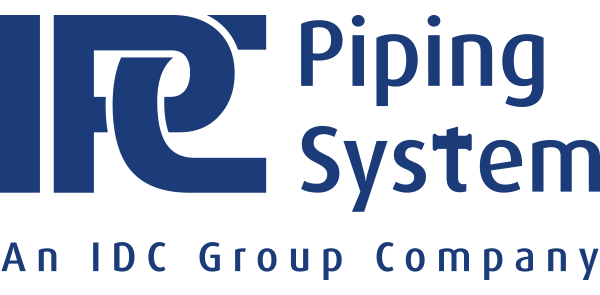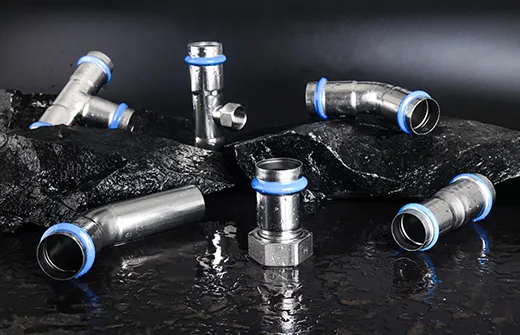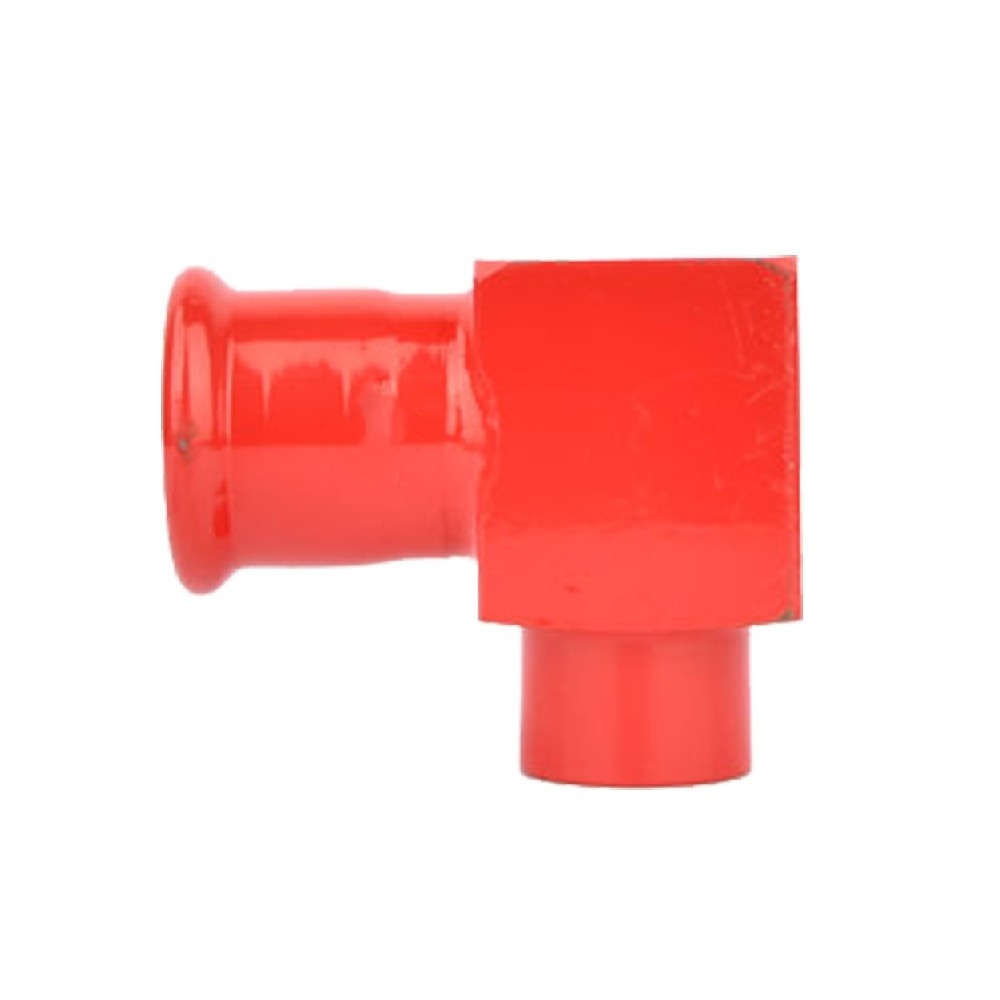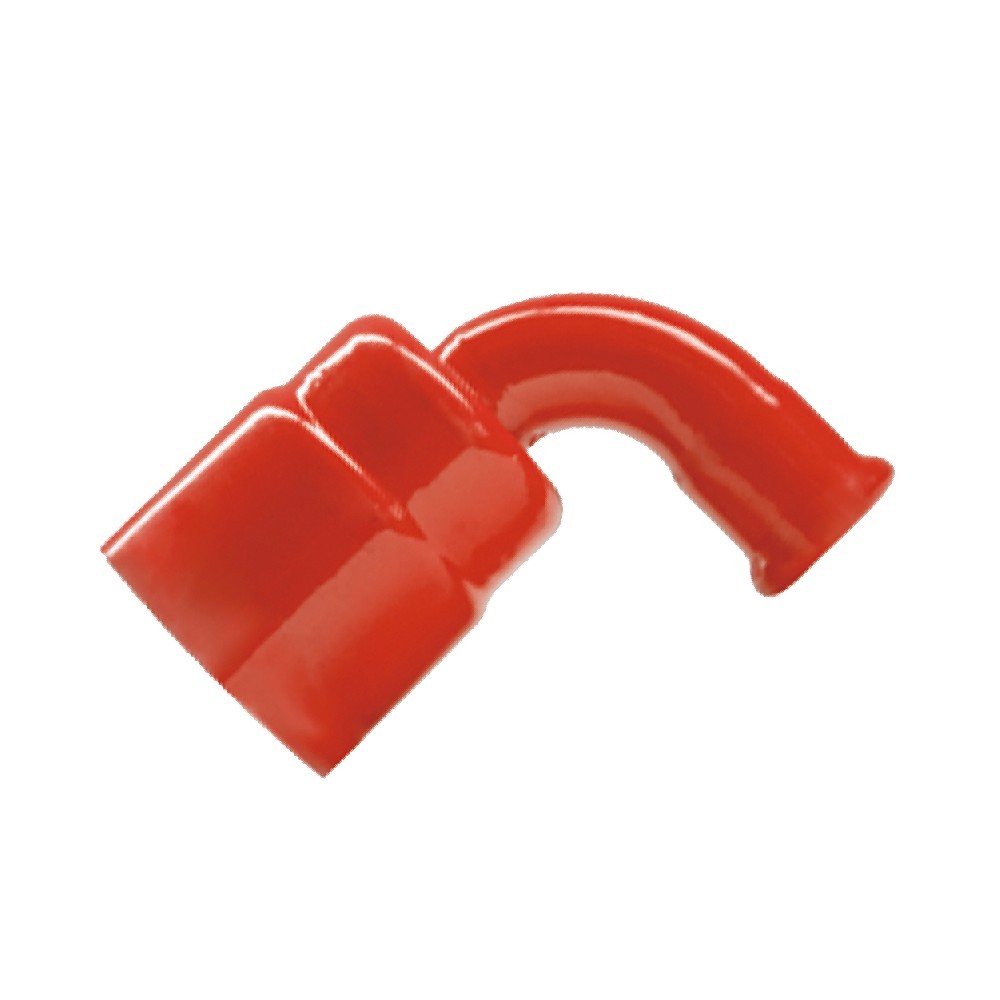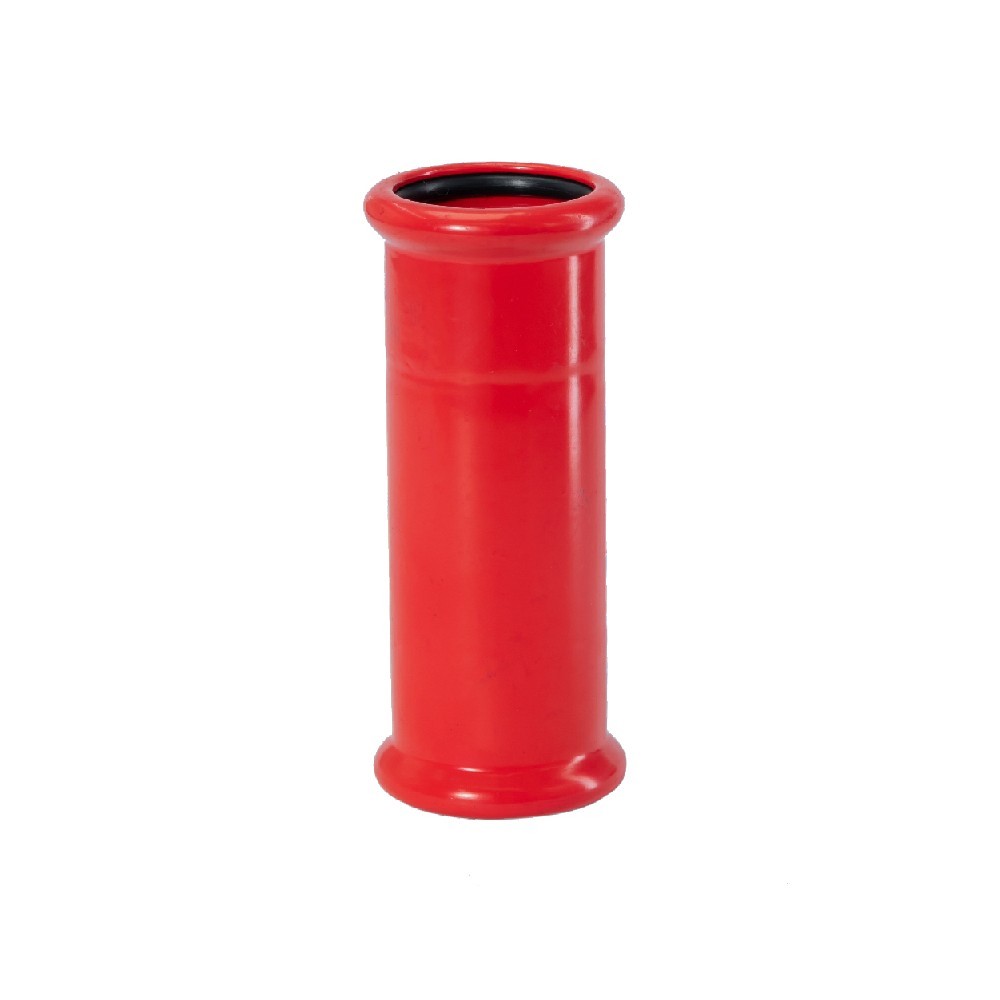Why Choosing the Right 45° Obtuse Elbow Matters in Construction
Jul 22,2025
Introduction to 45° Obtuse Elbows in Construction
In the world of construction and piping systems, every component plays a crucial role in the overall performance and sustainability of the project. Among these components, the **45° obtuse elbow** stands out for its unique angle and significant impact on piping systems. Choosing the right elbow can enhance the flow of materials, improve durability, and ultimately save costs in the long run. This article will delve into why selecting the appropriate 45° obtuse elbow is essential for construction projects, covering aspects such as functionality, material selection, and installation techniques.
Understanding the Functionality of 45° Obtuse Elbows
The **45° obtuse elbow** is designed to change the direction of flow in a piping system. Unlike standard elbows, which typically have sharper angles, obtuse elbows offer a gentler turn, allowing for smoother transitions. This design minimizes turbulence and pressure drop, which is critical in various applications, including plumbing, HVAC systems, and industrial piping.
The Importance of Flow Efficiency
One of the primary reasons to choose the right elbow is to maintain flow efficiency. When liquids or gases pass through a piping system, sharp turns can lead to increased resistance, causing **pressure loss** and reduced system performance. The **45° angle** of the obtuse elbow facilitates a more gradual change in direction, thereby preserving the pressure and enhancing flow rates.
Applications of 45° Obtuse Elbows
These elbows are widely used in several applications, including:
1. **Plumbing Systems**: For directing water flow smoothly through pipelines without causing back pressure.
2. **HVAC**: In ductwork, where efficient airflow is essential for heating and cooling systems.
3. **Industrial Settings**: In chemical processing plants, where the smooth transport of liquids and gases is critical.
Material Selection: Why It Matters
Choosing the right material for your 45° obtuse elbow is just as important as selecting the angle. The material affects not only the durability of the elbow but also its compatibility with the substances being transported.
Common Materials Used for 45° Obtuse Elbows
1. **Stainless Steel**: Known for its corrosion resistance and durability, ideal for harsh environments.
2. **PVC**: Lightweight and cost-effective, suitable for non-pressurized systems.
3. **Copper**: Often used in plumbing for its excellent thermal conductivity and resistance to corrosion.
Considerations for Material Choice
- **Corrosion Resistance**: Ensure the material can withstand the chemical properties of the fluid.
- **Temperature Tolerance**: Materials should be able to handle temperature extremes in different environments.
- **Pressure Ratings**: Verify that the elbow can sustain the pressure levels of the system it will be integrated into.
Installation Techniques for 45° Obtuse Elbows
Proper installation is crucial for ensuring the performance and longevity of any piping system. When installing a 45° obtuse elbow, several best practices should be followed.
Preparation of the Piping System
Before installing the elbow, it’s important to prepare the piping system properly:
- **Clean the Pipes**: Ensure all surfaces are clean and free from debris to promote a secure fit.
- **Inspect for Damage**: Check existing pipes for cracks or damage that could affect installation.
Installation Steps
1. **Measure and Cut**: Accurately measure where the elbow will be installed and cut the pipe to the required length.
2. **Align the Elbow**: Position the elbow so that it aligns with the flow direction of the piping system.
3. **Secure the Connection**:
- For welded systems, ensure proper welding techniques are employed.
- For threaded or flanged systems, use appropriate sealing materials to prevent leaks.
4. **Test for Leaks**: After installation, conduct a pressure test to check for any leaks or weaknesses.
Cost Implications of Choosing the Right Elbow
While it may be tempting to opt for cheaper alternatives, the long-term costs of mismanagement can far outweigh initial savings. Selecting the right **45° obtuse elbow** can lead to:
- **Reduced Maintenance Costs**: High-quality materials and proper installation minimize the need for repairs.
- **Improved Efficiency**: Enhanced flow rates can lead to lower energy costs in systems like HVAC.
- **Extended Lifespan**: Durable materials reduce the frequency of replacements.
Budgeting for Quality
Investing in quality elbows may require a higher upfront cost, but it's essential to consider the overall budget. Planning for long-term savings through energy efficiency and reduced maintenance will ultimately justify the expenditure on quality components.
Common Mistakes to Avoid When Choosing 45° Obtuse Elbows
Making informed decisions can prevent costly mistakes. Here are common pitfalls to avoid:
Overlooking Compatibility
Ensure that the elbow material matches the piping system. Mixing materials can lead to corrosion and failure.
Ignoring Pressure Ratings
Always check the pressure ratings for both the elbow and the piping system. Underestimating pressure requirements can result in dangerous failures.
FAQs About 45° Obtuse Elbows in Construction
1. What is the primary function of a 45° obtuse elbow?
The primary function is to change the direction of flow in a piping system while minimizing turbulence and pressure loss.
2. What materials are commonly used for 45° obtuse elbows?
Common materials include stainless steel, PVC, and copper, each offering distinct advantages based on application.
3. How do I determine the right size for a 45° obtuse elbow?
The size should match the diameter of the pipe it will connect to, ensuring a secure fit.
4. Can I install a 45° obtuse elbow myself?
While it's possible for DIY enthusiasts, professional installation is recommended to ensure proper techniques and compliance with codes.
5. What are the consequences of using a low-quality elbow?
Using low-quality elbows can lead to leaks, increased maintenance costs, and reduced efficiency in the piping system.
Conclusion
Choosing the right **45° obtuse elbow** is not merely a matter of convenience—it is a critical decision that can profoundly impact the efficiency, durability, and cost-effectiveness of construction projects. By considering factors like functionality, material selection, installation techniques, and long-term costs, we can make informed choices that enhance the overall performance of our piping systems. Investing time and resources into selecting the appropriate elbow will pay off in the long run, ensuring a smooth and efficient flow for years to come.
Latest News
